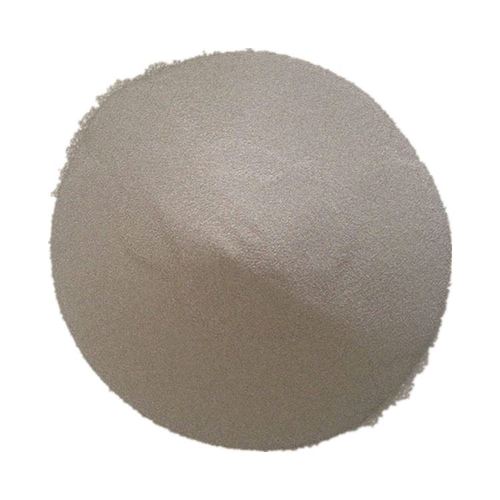A new process for preparing titanium powder is born, and industrialization is facing challenges
The Stanford International Research Institute (SRT) has developed a new titanium production process. Compared with the traditional Kroll method, this process is simple and low in energy consumption, and the product is titanium powder. In addition, by pressing and melting the prepared titanium powder, a titanium product with a shape similar to that of the finished product can be obtained.

Barbara Heydorn, Senior Director of SRT Energy Center, gave a brief introduction to this new titanium production process. It uses the plasma arc to first break the hydrogen molecules into hydrogen atoms, and then the hydrogen atoms react with titanium chloride to produce smoky titanium, which is then rapidly cooled and formed into titanium powder. SRT has successfully used this process to prepare pure titanium in the laboratory, and is currently conducting in-depth research before industrialization in order to increase the yield of titanium powder produced by this process and reduce production costs. However, bringing a new technology to actual production is no easy task. Professor Donald Sadoway, majoring in materials chemistry at MIT, said that companies need to invest a lot of money to purchase equipment and build new plants to adopt new processes, but the traditional concept is that the metal industry has matured and the most suitable processes have been developed and adopted. Therefore, it is difficult to obtain financial support for the new process.


